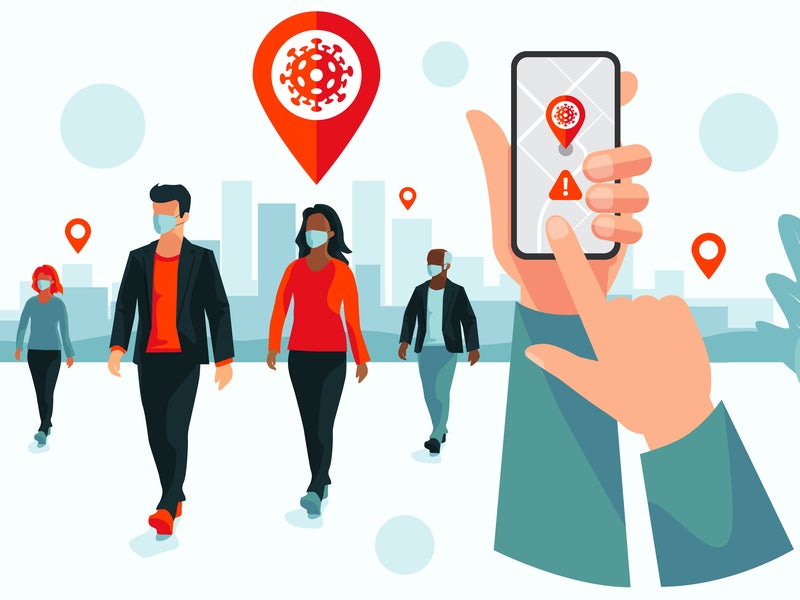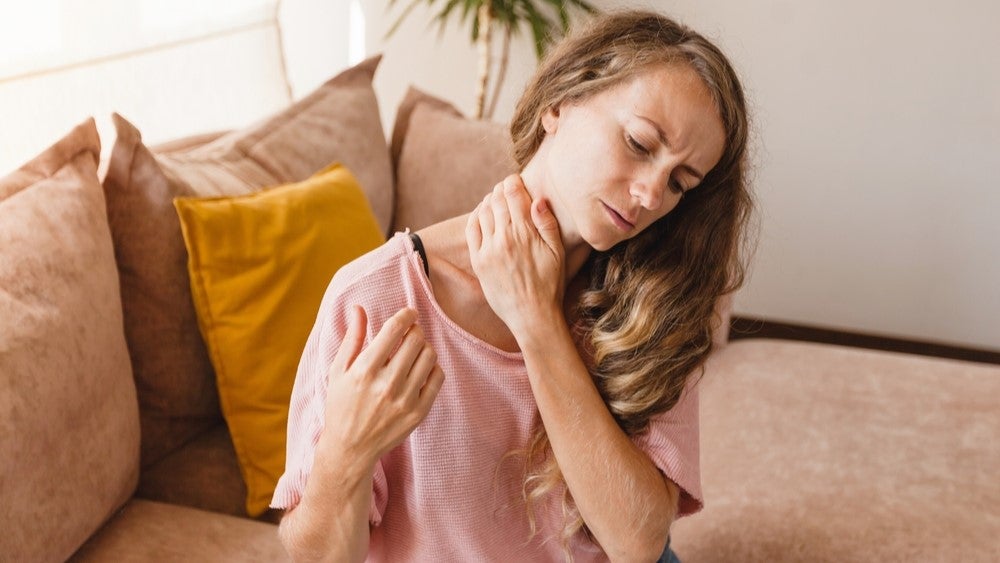
Landscape of COVID-19 Contact Tracing Apps
The UK has now surpassed more than 40,000 Covid-19 deaths, the second country after the US to do so. With its response to the pandemic widely criticised by both the country’s own citizens and on the world stage, the British government is planning to roll out a contact-tracing app to try and curb the spread of the infection.
This app will be complemented by the human contact tracers whose job it is to call people who have potentially been exposed to the virus. This system has gotten off to a fairly shaky start.
The contact tracing app went live on the Isle of Wight on 5 May, and is expected to launch in the rest of the UK at some point in June if it proves successful. It works through Bluetooth signals that transmit an anonymous ID. If a user develops Covid-19 symptoms, they simply report these on the app before being asked a series of clinical questions that will be analysed by an artificial intelligence (AI).
If the AI calculates that the person is likely to have Covid-19, all the people the Bluetooth ID has been in recent close contact with will be sent a notification advising they self-isolate for 14 days. The sick person will then be tested for the disease. If they test positive, self-isolation will continue to be recommended to those they have come into contact with. If they test negative, a second notification will be sent by the app to tell them they can stop self-isolating.
Contact tracing through a mobile phone isn’t accessible for many
Despite their apparent ubiquity, only 77% of the UK population are actually estimated to own mobile phones. Relying so heavily on mobile phone technology means nearly a quarter of the population could slip through the cracks. Plus, the app will only be available on phones which run on either Google’s Android and Apple’s iOS platform – by far the most popular mobile phone operating systems, but by no means the only ones.
Speaking at the virtual CogX 2020 conference, BT Group head of AI & data science research Detlef Nauck said: “These apps are biased towards the affluent part of the population. People who don’t have the latest smartphone can’t participate, people who don’t have a smartphone can’t participate, children are not in the mix, homeless people are not in the mix. It clearly doesn’t address everyone.”
How well do you really know your competitors?
Access the most comprehensive Company Profiles on the market, powered by GlobalData. Save hours of research. Gain competitive edge.

Thank you!
Your download email will arrive shortly
Not ready to buy yet? Download a free sample
We are confident about the unique quality of our Company Profiles. However, we want you to make the most beneficial decision for your business, so we offer a free sample that you can download by submitting the below form
By GlobalDataAs an alternative, Nauck floated the idea of ‘Bluetooth beacons’, devices that would serve the same functionality as the app but be mass-produced for those without access to an Android or iOS smartphone and serve the same function. A small wearable Bluetooth device which could be distributed among homeless people and young children who don’t have their own mobile phones, for example, could drastically expand the reach of the test and trace programme.
Experts have estimated that the NHS contact tracing app will need a 60% adoption rate among the population to be a success. When only 77% of the population actually have mobile phones, that means the vast majority of mobile phone users will need to download the app. With many people
concerned about contact tracing data privacy, it’s hard to imagine all will be willing to do so. A Bluetooth beacon system could help to counterbalance this reluctance by making the technology accessible to more people.
Contact tracing without Bluetooth technology
Nauck also floated the idea of moving away purely from smart devices and towards apps built into smart televisions – many older or financially disadvantaged people may not own a smartphone, but may well have a television that could be tuned into a contact-tracing platform.
Wellness app Evergreen’s UK executive chairman Stephen Critchlow stressed the importance of a web interface as well as a mobile phone platform. “We think it’s really important there’s also a web interface as well as an app,” he said. “The NHS app doesn’t have a web interface, but we think it’s really important we can continue to maintain ours. That means even if you had no device of your own, you could go into the library and use a computer and log in.”
Of course, a route like this does require the rate of infection in the UK to be low enough for libraries to safely reopen. The TV and web interfaces also lack the essential Bluetooth component of the contact tracing app, although it would give people access to the self-reporting aspect of the tool.
Also speaking at CogX, King’s College London senior clinical lecturer Claire Steves said: “Technology generally tends to favour those that are able to take advantage of it, but healthcare problems happen in individuals who are more disadvantaged. If we really want to make a difference for everybody, we need to make the technology work for the most deprived populations and the most vulnerable.”







